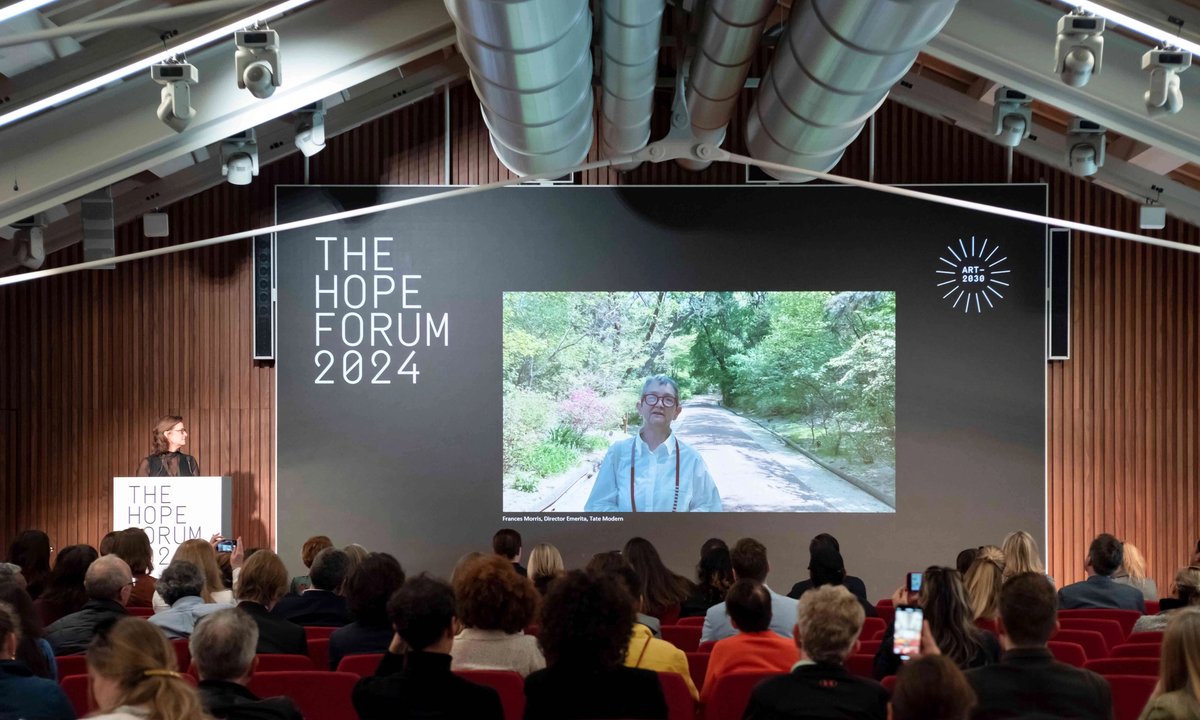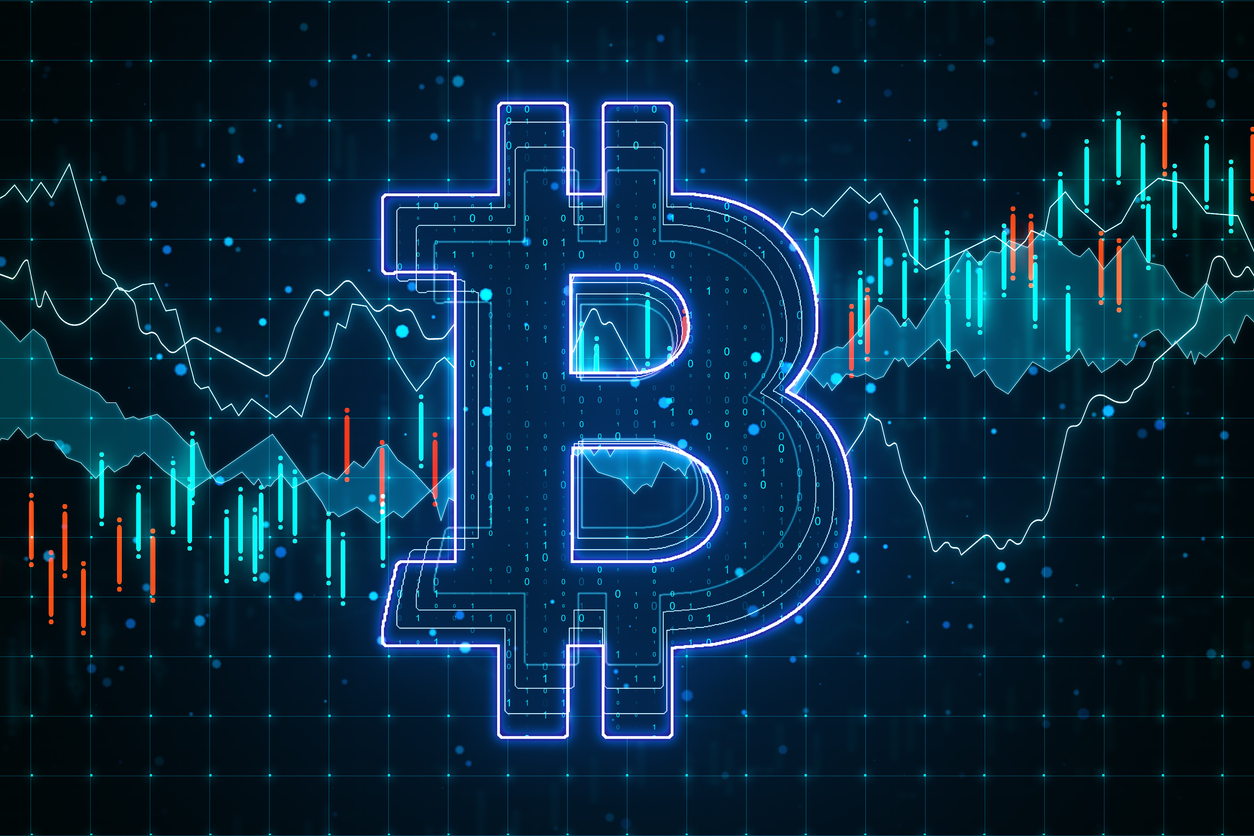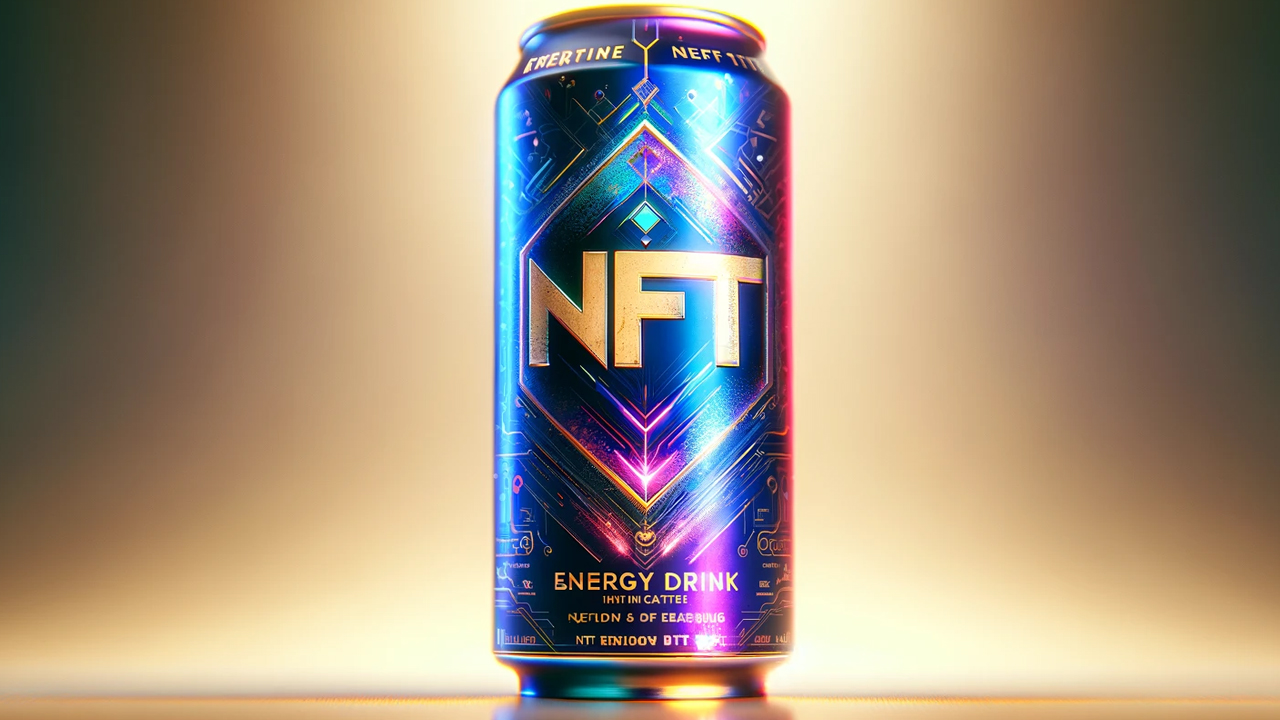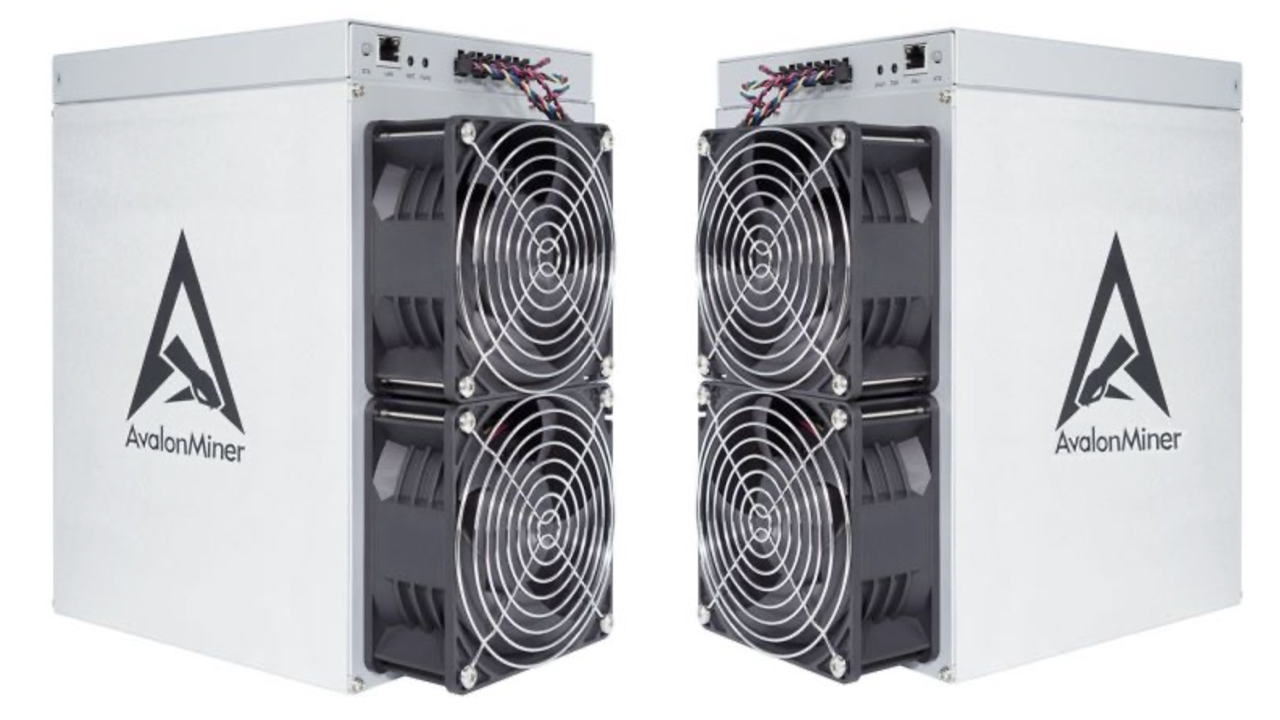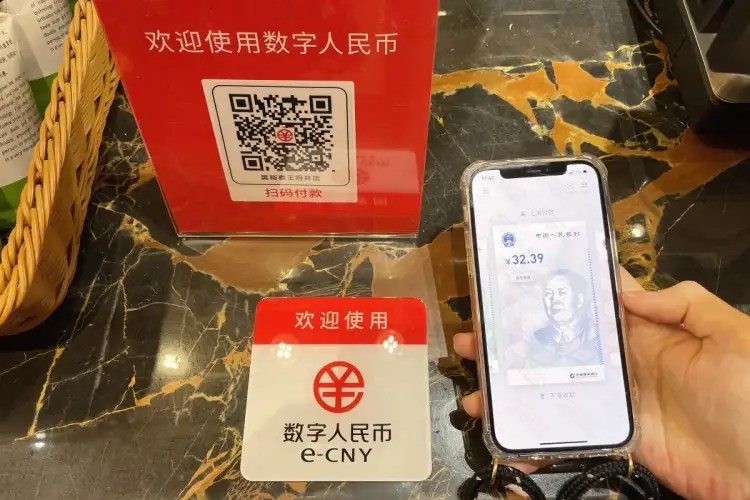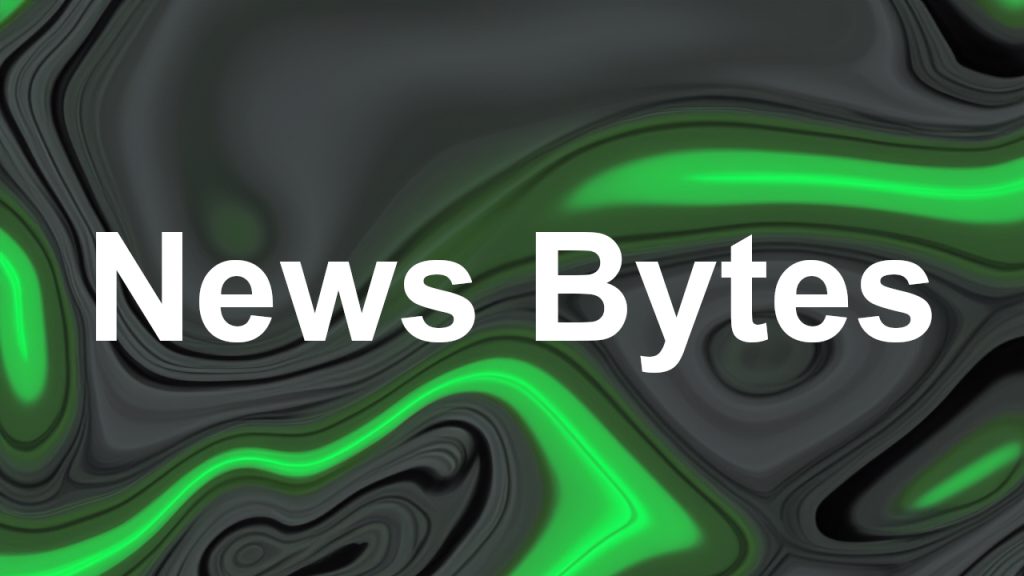The world’s power market is quickly evolving, shifting from hydrocarbon crops to a future centered round clear power enabled by wind and solar energy. As such, in the present day’s power market is shifting to an more and more decentralized, real-time mannequin based mostly on distributed power sources (DERs) together with battery power storage methods, photo voltaic arrays, pure gasoline turbines and extra.
Latest findings from Allied Market Analysis present that the worldwide distributed power era market dimension was valued at $246.4 billion in 2020, but this quantity is predicted to achieve $919.6 billion by 2030.
Web3 applied sciences for managing power property
Given in the present day’s advancing power market, Jesse Morris, CEO of Power Net — a nonprofit that develops working methods for decentralized power grids — informed Cointelegraph that grid operators all over the world are shifting to methods wherein customer-owned property shall be used to stability power grids. “Expertise that was beforehand situated inside bodily substations together with monitoring gear is now unfold throughout the distribution community because the variety of DERs will increase,” stated Morris. Whereas this shift is progressive, Morris identified that regulated corporations stay unaware of the best way to handle a decentralized system.
With this drawback in thoughts, Morris defined that Power Net not too long ago shaped a partnership with Stedin, a Dutch distribution system operator (DSO) that caters to the province of South Holland and in elements of North Holland and Friesland to make use of a blockchain resolution for managing distributed power property. In response to Morris, Power Net’s resolution permits for power property to speak straight with Stedin’s IT methods:
“Stedin is utilizing Power Net’s tech stack and Web3 applied sciences to determine a digital relationship with customer-owned property, together with making a safe, asset administration system for their very own managed property. That is the primary occasion I’m conscious of the place an enterprise is utilizing Web3 expertise to handle their very own bodily infrastructure and property.”
Particularly talking, Morris defined that Power Net’s blockchain community is being mixed with decentralized identifiers (DIDs) to offer digital identities to Stedin’s inside and customer-facing power property. “The joint Power Net-Stedin resolution presently contains a administration system which assigns every distribution asset a safe digital id, or DID, anchored on the pre-existing SIM card in every asset,” stated Morris. As soon as this has been enabled, Morris famous that Stedin is ready to ship cryptographically signed data and management alerts or instructions to and from an asset. “This creates a decentralized managed system by guaranteeing that every asset operates as an impartial level of encrypted safety,” he remarked.
Shedding gentle on this, Arjen Jongepier, innovation head at Stedin, informed Cointelegraph that Stedin was looking for a basic asset administration resolution given the evolving power market:
“On this case, we required provider agnostic registration of Web of Issues (IoT) property through our SIM playing cards. We anticipate a number of advantages from this, together with simpler and fewer-step set up of IoT property, elevated information reliability and, within the close to future, native prosumer interplay, which may contain residence power storage methods and EVs with the ability to promote power again to the grid.”
Digital id permits higher cybersecurity and information possession
Whereas this use case speaks volumes about how the way forward for the power market could take form, the appliance of DIDs finally permits higher cybersecurity for grid operators. For example, compared with conventional Web1 or Web2 approaches, Morris defined that almost all grid operators use a centralized database to manually enter details about sensors or {hardware} situated on utilities inside their community. But, such an strategy may enable for grid operators to gather person information and even acquire management of these sensors. “This degree of centralization is a cybersecurity threat, which is why our resolution with Stedin additionally proves to be a cybersecurity software,” Morris remarked.
Jongepier added that Stedin was certainly seeking to elevate the bar on its cybersecurity. “Blockchain is efficient for this as a result of it supplies the bottom guidelines for using decentralized identifiers for Stedin’s IoT property, serving as an answer for elevating the bar on safety.” This is a vital level, as Morris shared that the first distinction between Stedin’s software of Power Net’s resolution versus earlier implementations is that it demonstrates enhanced cybersecurity utilizing DIDs.
Sam Curren, decentralized id architect at Indicio — a company that works with governments and companies to combine DIDs of their methods — informed Cointelegraph that the aim of a DID is to offer a singular identifier wherein possession or management can solely be confirmed by the possession of a personal key.
Within the case of Stedin, Morris defined that Power Net is answerable for non-public key storage and ensuring that person administration is absolutely decentralized. Given this degree of decentralization, Curren famous that making use of DIDs for power property is safer than storing data in a database the place information may be simply accessed by directors and probably manipulated.
Utilizing DIDs for power asset administration and safety additionally demonstrates the notion that present power grids are present process an possession query just like what the web is going through with the rise of Web3. For example, Morris identified that grid operators can take a decentralized open-source strategy to power asset administration or enable giant corporations like Google to handle their infrastructure sooner or later.

Will decentralized options attraction to grid operators?
Provided that there are different choices out there with regards to DER administration, this may increasingly lead some to surprise if giant grid operators will really wish to pursue a decentralized strategy. For example, Paul Brody, international blockchain lead at EY, informed Cointelegraph that the place centralized grid operators exist already, the demand for decentralized methods is probably not excessive:
“Regulators is not going to be snug with permitting individuals to cherry-pick their entry to the grid or permitting the grid to hole out, as these methods are most cost-effective for everybody when everybody makes use of them. We’re already seeing points like this affecting elements of the U.S. with very excessive photo voltaic panel penetration. Whereas some trials are taking place in mature markets, it’s possible that the most important demand will come from elements of the world with out grids or dependable grids.”
Jongepier additional shared that Stedin needed to undergo a studying cycle to know blockchain, its operations and its use case to ensure that Power Net’s resolution to be carried out:
“The IoT crew really challenged the concept of utilizing blockchain versus progressing with extra frequent, centralized options. With any new expertise, it’s necessary to repeatedly problem it in opposition to the present resolution and resolve the place it might probably most successfully be carried out.”
But, when it comes to effectiveness, Jongepier defined that Stedin’s expertise crew discovered that decentralized options enabled by blockchain are essentially the most appropriate for prosumer interplay sooner or later. It’s necessary to notice, although, that the joint Power Net-Stedin resolution is presently present process rigorous testing inside a sandbox atmosphere. “It’s anticipated that this sandbox will run at some stage in Q1 earlier than the answer goes reside later this yr,” stated Morris.
Sooner or later, Morris hopes that this particular venture may be tailored for different power grids in partnership with nationwide DSOs to enhance asset safety and administration. However, Morris is conscious that this may increasingly take years to play out, given regulatory challenges, together with blockchain’s misunderstood popularity with enterprises.
“Folks usually suppose that every one blockchains inherently have very excessive power consumption, when that’s not true, together with associations with crypto-price volatilities negatively affecting the picture of blockchain and token stability,” talked about Jongepier. Morris added that options equivalent to this one solely make sense if prosumer power property like EVs and photovoltaics are capable of take part in power markets. “In lots of geographies internationally, they don’t seem to be, so till this regulatory problem is solved, our expertise stack will stay restricted.”












